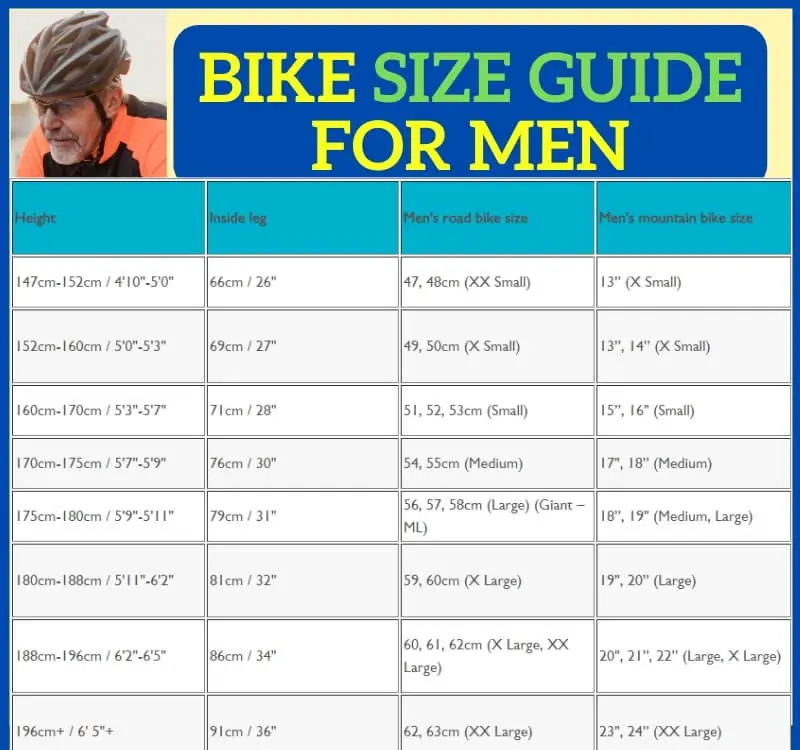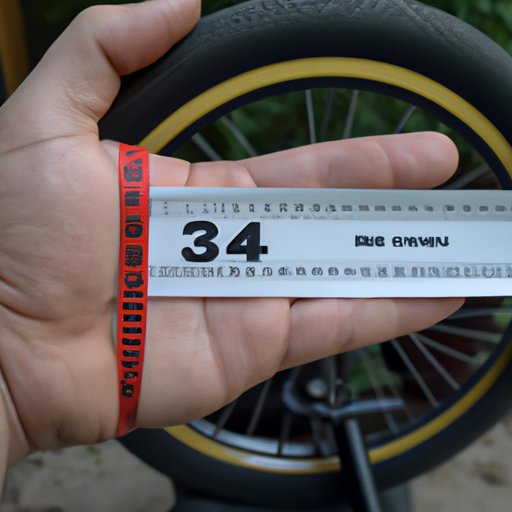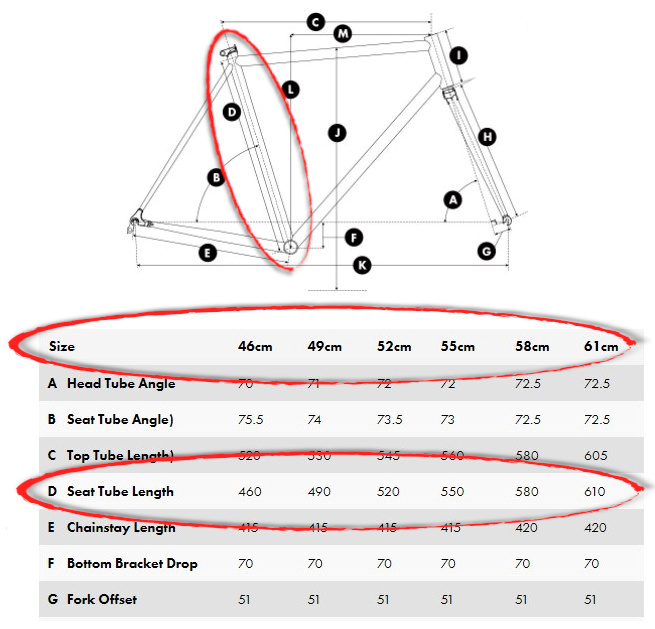Why Proper Bike Sizing Matters
Proper bike sizing is essential for a comfortable and efficient ride. When a bike fits correctly, it can improve comfort, increase efficiency, and reduce the risk of injury. A well-fitting bike allows riders to maintain a comfortable riding position, reducing strain on the back, neck, and legs. This, in turn, can improve performance, as riders can focus on their technique and pedaling rather than adjusting to an ill-fitting bike. Moreover, a bike that fits properly can reduce the risk of injury, as riders are less likely to experience discomfort, fatigue, and loss of control. By understanding how to measure bike size, riders can ensure a perfect fit, leading to a more enjoyable and safe cycling experience.
Understanding Your Body Measurements
To determine the correct bike size, it’s essential to take accurate body measurements. The three key measurements needed are inseam, arm length, and torso length. Inseam is the distance from the floor to the top of the inner thigh, and it’s used to determine the correct seat height. Arm length is the distance from the shoulder to the wrist, and it’s used to determine the correct handlebar height. Torso length is the distance from the shoulder to the hip, and it’s used to determine the correct bike size. To take accurate measurements, stand against a wall with your feet shoulder-width apart and your back straight. Use a tape measure or a ruler to record the measurements. It’s also a good idea to take multiple measurements to ensure accuracy. By understanding your body measurements, you can determine the correct bike size and ensure a comfortable and efficient ride. Remember, knowing how to measure bike size is crucial in finding the perfect fit, and taking accurate body measurements is the first step in this process.
How to Measure Your Bike: A Step-by-Step Guide
Measuring a bike is a crucial step in determining the correct size. To ensure an accurate measurement, follow these steps: First, measure the seat height by placing a level on the saddle and measuring from the floor to the top of the saddle. This measurement should match the inseam measurement taken earlier. Next, measure the handlebar height by placing a level on the handlebars and measuring from the floor to the top of the handlebars. This measurement should match the arm length measurement taken earlier. Finally, measure the wheel size by measuring the diameter of the wheel from the center of the wheel to the outer rim. This measurement is important in determining the correct bike size. When learning how to measure bike size, it’s essential to take accurate measurements to ensure a comfortable and efficient ride. By following these steps, riders can ensure they have the correct bike size and avoid common mistakes that can lead to discomfort and injury.
Interpreting Bike Size Charts: A Beginner’s Guide
Once you have taken your body measurements and measured your bike, it’s time to interpret bike size charts. Bike size charts are provided by manufacturers to help riders determine the correct bike size based on their body measurements and riding style. To read a bike size chart, start by finding your inseam measurement on the chart. Then, match your inseam measurement to the corresponding bike size. Next, consider your riding style and terrain. If you’ll be riding on rough terrain or in an aggressive riding style, you may need a larger bike size to accommodate your riding position. On the other hand, if you’ll be riding on smooth terrain or in a more upright riding position, you may need a smaller bike size. By considering your body measurements, riding style, and terrain, you can determine the correct bike size using a bike size chart. Remember, knowing how to measure bike size is crucial in finding the perfect fit, and interpreting bike size charts is a key step in this process. By following these steps, riders can ensure they have the correct bike size and enjoy a comfortable and efficient ride.
Factors to Consider: Riding Style, Terrain, and Bike Type
When determining the correct bike size, it’s essential to consider several factors that can impact bike size selection. One of the most critical factors is riding style. Aggressive riders who prefer a more aerodynamic position may require a smaller bike size, while riders who prefer a more upright riding position may require a larger bike size. Terrain is another crucial factor to consider. Riders who will be riding on rough terrain, such as mountain bikers, may require a larger bike size to accommodate their riding position and provide more control over the bike. On the other hand, riders who will be riding on smooth terrain, such as road bikers, may require a smaller bike size. Bike type is also an important factor to consider. Different types of bikes, such as road bikes, mountain bikes, and hybrid bikes, are designed for specific riding styles and terrains, and therefore require different bike sizes. For example, a road bike may require a smaller bike size than a mountain bike due to the more aerodynamic riding position. By considering these factors, riders can ensure they find the perfect bike size for their riding needs. Remember, knowing how to measure bike size is crucial in finding the perfect fit, and considering these factors is a key step in this process.
Common Mistakes to Avoid When Measuring Bike Size
When measuring bike size, it’s essential to avoid common mistakes that can lead to an ill-fitting bike. One of the most common mistakes is taking incorrect measurements. This can occur when riders fail to follow proper measurement techniques or use inaccurate measurement tools. To avoid this mistake, riders should ensure they take accurate measurements by following the manufacturer’s guidelines and using a flexible tape measure. Another common mistake is ignoring riding style and terrain. Riders who fail to consider their riding style and terrain may end up with a bike that is too small or too large, leading to discomfort and inefficiency. Additionally, riders should not neglect to consider bike type when measuring bike size. Different types of bikes, such as road bikes and mountain bikes, have different geometry and require different bike sizes. By being aware of these common mistakes, riders can ensure they measure bike size accurately and find the perfect fit for their riding needs. Remember, knowing how to measure bike size is crucial in finding the perfect fit, and avoiding these common mistakes is a key step in this process.
Getting a Professional Fit: When to Seek Expert Help
In some cases, measuring bike size may require more than just a DIY approach. There are situations where seeking professional help is necessary to ensure a perfect fit. For instance, riders who require a custom fit due to unique body proportions or physical limitations may need to consult a professional bike fitter. Additionally, riders who are unsure about their measurements or are new to cycling may benefit from seeking expert advice. A professional bike fitter can provide personalized guidance on how to measure bike size and ensure a comfortable, efficient ride. They can also help riders identify any underlying issues that may affect their riding performance, such as flexibility limitations or muscle imbalances. By seeking professional help when needed, riders can ensure they find the perfect fit for their bike and enjoy a comfortable, enjoyable ride. Remember, knowing how to measure bike size is crucial, but sometimes it’s necessary to seek expert help to get it just right.
Conclusion: Finding the Perfect Fit for a Comfortable Ride
In conclusion, finding the perfect fit for your bike is crucial for a comfortable, efficient, and enjoyable ride. By understanding the importance of proper bike sizing, taking accurate body measurements, and measuring your bike correctly, you can ensure a perfect fit. Additionally, considering factors such as riding style, terrain, and bike type, and avoiding common mistakes can help you find the ideal bike size. If needed, seeking professional help can provide personalized guidance and ensure a custom fit. To recap, remember to take accurate body measurements, measure your bike correctly, consider your riding style and terrain, and avoid common mistakes. By following these steps, you’ll be well on your way to finding the perfect fit for your bike. Don’t forget, knowing how to measure bike size is key to a comfortable ride, so take the time to get it right and enjoy the many benefits of proper bike sizing.




